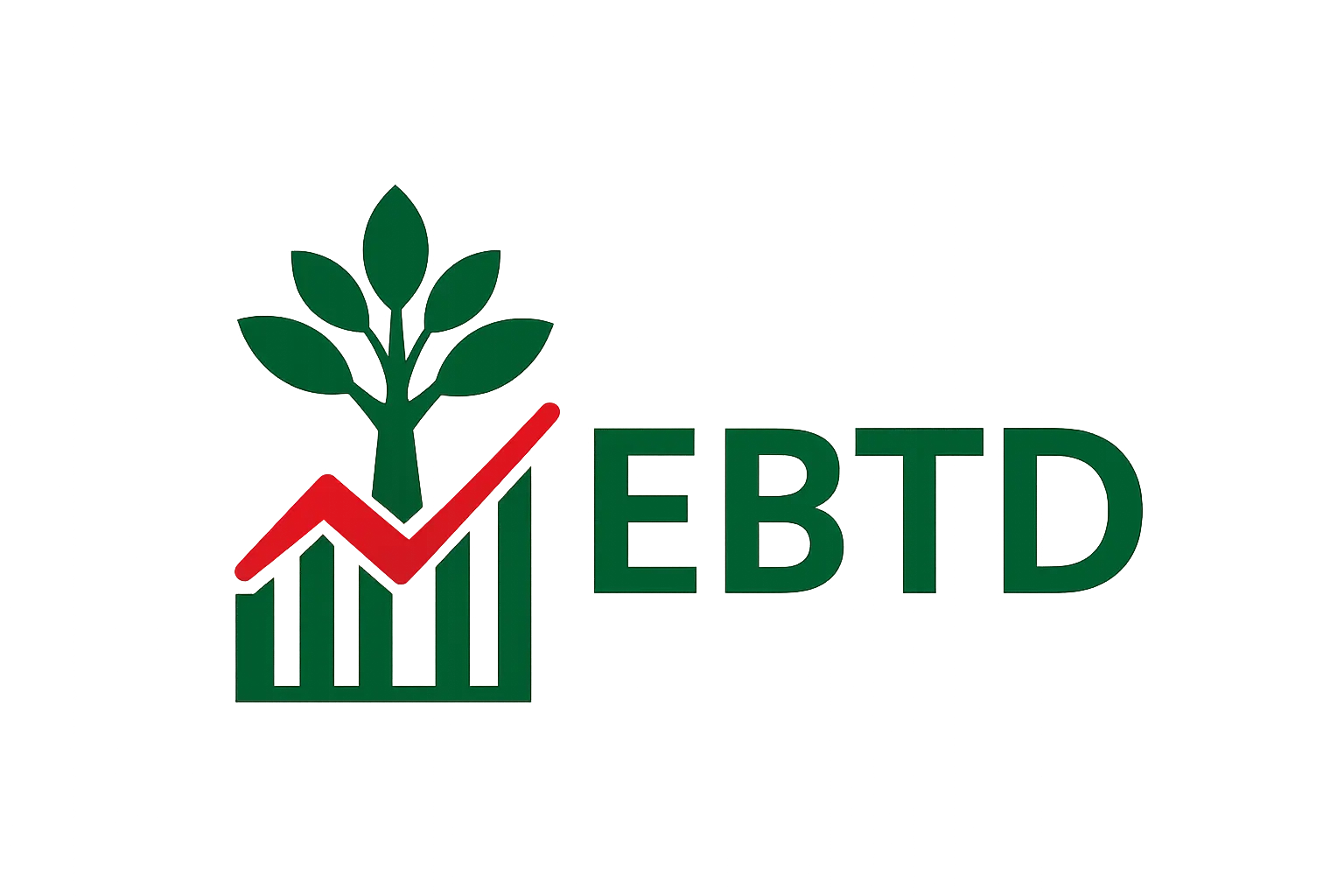Feedback & Next Steps – Turning Evidence into Action
Learn how to give feedback that changes learning — and teaching — for the better.
Why This Phase Matters
Assessment ends nothing — it starts improvement. Evidence only has power when it changes what happens next for teachers and students. This section shows how to close the loop with clear, practical moves that work in Bangladesh classrooms.
The Feedback Loop in Practice
| Step | What Happens | Teacher Action | Student Action |
|---|---|---|---|
| 1. Gather | Collect assessment results (tests, quizzes, observation). | Identify what evidence actually tells you — not just scores. | Reflect: “What do I really understand? Where did I slip?” |
| 2. Interpret | Spot patterns: gaps, strengths, misconceptions. | Sort into “secure / partial / confused.” | Review marked work; discuss errors. |
| 3. Plan | Choose one small change that addresses the biggest need. | Reteach, redesign tasks, or target group support. | Revise, practise, or try again using feedback. |
| 4. Act & Follow-up | Implement changes and check impact. | Use mini-checks next lesson; adjust again if needed. | Apply learning in new tasks; self-check progress. |
EBTD Tip: Don’t jump from marks → grades → move on. Instead, pause → interpret → act. That’s where learning grows.
From Marks to Meaning: What Good Feedback Looks Like
Effective feedback does three things: clarifies the goal, shows the gap, and guides the next move.
| Feedback Type | Best Used For | Power When… | Example |
|---|---|---|---|
| Immediate verbal | Quick correction during practice. | Focuses on one point at a time. | “Remember to label both axes.” |
| Written target | Short tests or essays. | Tells what to fix and how. | “Explain why this method works, not just the steps.” |
| Whole-class feedback | Large cohorts. | Highlights common patterns; saves time. | “Most mixed up mass and weight – let’s revisit that.” |
| Peer feedback | Draft work or projects. | Uses checklist or success criteria. | “You used evidence, but not explanation.” |
| Self-reflection | All stages of learning. | Promotes metacognition and ownership. | “Next time, I’ll plan before I start writing.” |
Bangladesh Tip: In big classes, blend whole-class feedback + two or three targeted comments for groups. A five-minute class review can save hours of marking.
Active Ingredients of Impactful Feedback
| Ingredient | Why It Matters | Practical Move |
|---|---|---|
| Timely | Feedback loses power if delayed. | Give verbal cues during tasks; return scripts next lesson. |
| Specific | Vague comments don’t guide change. | Replace “Good effort” with “Clear diagram – next, label units.” |
| Action-focused | Students must know what to do. | Use “Next Step” boxes instead of grades. |
| Balanced | Motivation rises with positives + direction. | “Strong intro – now link evidence to claim.” |
| Visible revisit | Learners must act on it. | Start next lesson with “Fix-it time.” |
Designing the Next Step (Using Evidence to Plan)
- Collect misconceptions from your last assessment.
- Group them by concept (not by student).
- Select one or two gaps for reteaching.
- Design a short task that directly targets the misunderstanding.
- Reassess quickly — a one-question mini-check.
Example (Science): If 40% confuse evaporation and boiling → short demo + diagnostic MCQ → peer explanation → new exit question the same day.
From Feedback to Professional Growth
- Review marking patterns: which topics repeatedly trip students up?
- Share insights with colleagues: common misconceptions reveal curriculum gaps.
- Use the EBTD BRIDGE approach: record what evidence showed and what you changed because of it. See EBTD Bridge Framework.
- Build the habit: every assessment leads to one teaching adjustment.
Checklist: Has Feedback Closed the Loop?
| Check | Yes / No |
|---|---|
| Students know what success looks like. | |
| Feedback identifies specific next steps. | |
| Time was given to act on feedback. | |
| Teaching changed in response to patterns. | |
| Evidence of improvement was collected. |
If three or more boxes are blank, the feedback loop hasn’t finished its job — return to the evidence and plan one small next step.
Connected Sections
- Purpose & Balance – Formative and Summative in Harmony
- Calibrating Difficulty – Finding the Sweet Spot
- Alignment – Test Exactly What You Taught
- EBTD Bridge Framework – Improvement Through Evidence
Ready to go further?
The EBTD Professional Course: Developing Assessment Expertise helps teachers in Bangladesh move from understanding assessment principles to mastering them in practice — through guided modules, local examples, and live collaborative sessions.
Learn more about the course here →
